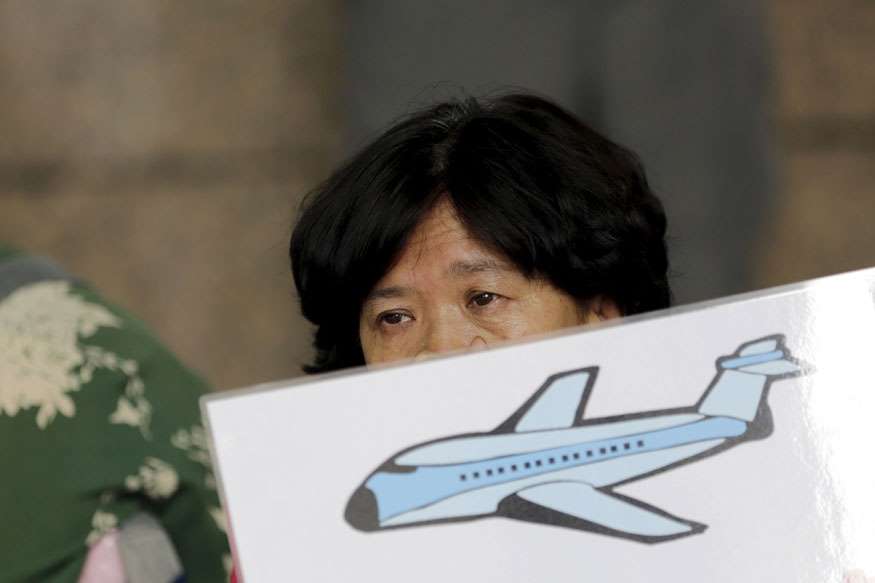December 14, 2017

View of the new U.S. embassy in London seen here southwest across from a park on September 21, 2017. – Richard Bryant/Richard Bryant/arcaidimages.com
After decades of building American embassies that look brutalist or bland, like obvious fortresses, the soon-to-be-opened chancery in London is a crystalline cube, plopped down in the middle of a public park, without visible walls.
The building does not shout, "Spies work here!" or "Stand back!" even though this city has been subjected to terrorist attacks. Instead, the vibe is modernist museum, which also happens to issue visas and might have a few hidden bunkers somewhere.
Instead of blast walls, there is a perimeter pond, with recycled-water waterfalls and deep trenches — and on the roof, arrays of solar panels that will produce enough juice to run the building and give extra watts back to the grid.
The building sports frosted- glass walkways, inspirational quotes from the Constitution, neon sculptures, reclaimed teak benches, Cornwall granite, its own subterranean wastewater treatment plant and a dozen gardens in the sky, one representing the flora of the American Midwest.
There's also a pub, a gym, a post office and a posh Marine barracks, with millionaire views all the way to Westminster for the hard-working 19-year-old lance corporals.
One assumes there is a CIA station, but that was not on the tour.
The media were given a first look inside Wednesday — the embassy will open its doors Jan. 16 — and the early word from the British press was mostly positive.
The Evening Standard called the interiors "stunning," and the Daily Mail said that rather than a slick and hard-edged high rise, the embassy exterior had a "soft and pillowy" feel — because of the plastic polymer veils that drape three sides of the building, enhancing its energy efficiency.
This is a far cry from earlier critiques.
Ken Livingstone, the former mayor of London, said in 2010 that the city expected "something a little bit more exciting."
A critic at the Guardian newspaper that year called the pond "a moat" and reported that the two British members of the design jury tried to block the design because it was too boring.
They may be proven wrong. The reviews are not yet in. But the building is — if you can say this about an American embassy in 2017 — kind of cool.
The U.S. ambassador to the United Kingdom, Robert "Woody" Johnson, a personal friend of the president and owner of the New York Jets football team, demurred when asked whether President Trump was planning to come early next year on a "working visit" to London and dedicate the opening.
"We look forward to welcoming him," Johnson said, whenever Trump comes. "No date is set," he said. "He's a busy president." There is much speculation about a visit in February.
Prominent British politicians, including London Mayor Sadiq Khan, have pressed Prime Minister Theresa May to rescind her invitation to Trump. Activists have promised mass demonstrations if the president shows up. At least one parliamentarian has said that Trump ought to be arrested upon arrival.
In his remarks, Johnson stuck to the positive. He said, "Little America is moving south of the river," a new beginning in a formerly rough neighborhood of public housing and old warehouses, now exploding with growth, between the Chelsea and Vauxhall bridges.
Johnson confessed that he was a little wistful, though, because there is so much history at the old embassy and its location in Grosvenor Square.
The old embassy, a 1960 modernist gem by Finnish American architect Eero Saarinen, was sold to the real estate division of Qatar's sovereign wealth fund, which has gobbled up high-profile London properties, including the Harrods department store. The plan is to turn it into a luxury hotel. The money from its sale, and of other U.S. properties in London, entirely funded the billion-dollar embassy.
The building was designed by the firm KieranTimberlake of Philadelphia.
James Timberlake said that the job specs for the building were 1,000 pages long.

The main lobby of the new U.S. embassy in London. – Richard Bryant/Richard Bryant/arcaidimages.com
His vision, complex and simple, was to create an embassy at once "welcoming and secure," measuring a desire to express "transparency, openness, equality" against the need to "filter all and everything and everyone who enter."
Timberlake envisioned a "crystalline cube" because a cube is "efficient and provocative." He wanted "a radiant beacon," iconic architecture with interiors "light-filled, airy, with great views," that was also environmentally outstanding — the 518,000-square-foot, 12-story building will produce more energy than it uses, even after it cares for 800 staff and 1,000 daily visitors.
Londoners love to give nicknames to the city's cutting-edge architecture. Here, the newest skyscrapers are known to all, for better or worse, as the Gherkin, Can of Ham, Cheese Grater and the Pringle — or what armchair critic and architectural traditionalist Prince Charles has dismissed as an "absurdist picnic table."
After the design was announced years ago, Martin Linton, a then-member of Parliament for Battersea borough, said that it "looks a bit too much like a sugar cube."
Too much? Sugar Cube ain't bad.
Courtesy/Source: Washington Post
















































































































